OK spot for rhodo?
teri2
14 years ago
Related Stories

FURNITUREWhy It's OK to Hate Your New Custom Sofa
It takes time to get used to bold new furniture, but dry your tears — the shock can be good for you. Here's what to expect
Full Story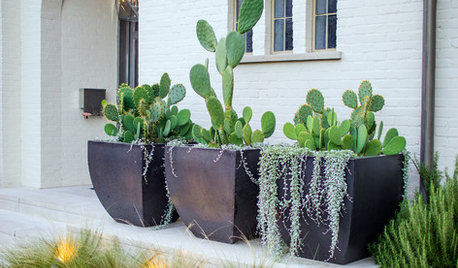
CONTAINER GARDENSCactus and Succulent Containers Are Ideal for Hot, Sunny Spots
Bring on the sun with these heat-loving succulent container gardens
Full Story
BATHROOM DESIGNSpotted: Refrigerators in the Bathroom
You read that right. Before you protest, here are seven good reasons why people are chilling in the bath
Full Story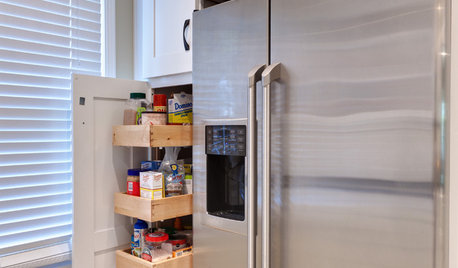
KITCHEN STORAGEPantry Placement: How to Find the Sweet Spot for Food Storage
Maybe it's a walk-in. Maybe it's cabinets flanking the fridge. We help you figure out the best kitchen pantry type and location for you
Full Story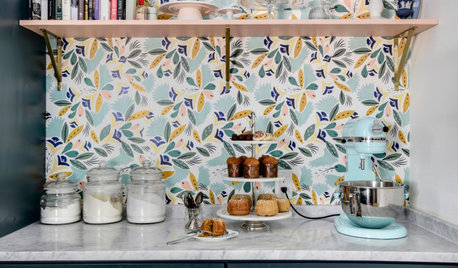
KITCHEN DESIGN12 Items Worth a Spot on Your Kitchen Counter
Keep these useful tools and accessories out in the open to maintain high function without spoiling the view
Full Story
COLORGet a Soft Spot for Sea-Glass Green
Soften a room's look by washing its walls in this delightfully airy shade, no sand in your shoes required
Full Story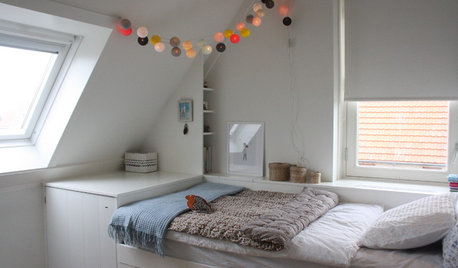
ATTICS14 Tips for Decorating an Attic — Awkward Spots and All
Turn design challenges into opportunities with our decorating ideas for attics with steep slopes, dim light and more
Full Story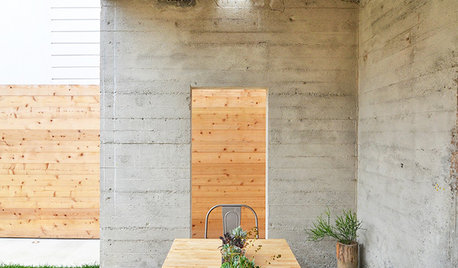
PATIOSAn Outdoor Dining Spot Creates Quiet Time in the Heart of San Francisco
See how this abandoned site became a big-city oasis with the help of a new lawn and a unique outdoor dining area
Full Story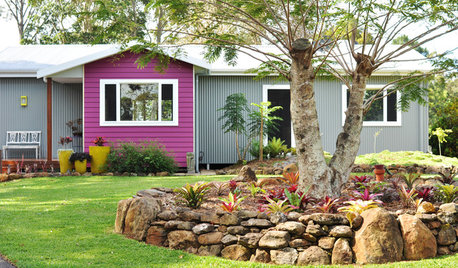
HOMES AROUND THE WORLDMy Houzz: Traveling Couple Find the Perfect Parking Spot
A dilapidated tin shed becomes the dream home of two nature-loving retirees and their many treasures
Full Story
DECORATING GUIDESSpotted: Venetian-Style Mirrors
Once the ultimate in opulence, these beautifully crafted mirrors add glamour to spaces today
Full Story





luis_pr
teri2Original Author
Related Professionals
Barrington Hills Landscape Architects & Landscape Designers · Deer Park Landscape Architects & Landscape Designers · Signal Hill Landscape Architects & Landscape Designers · Southfield Landscape Architects & Landscape Designers · Williamsburg Landscape Contractors · Tempe Landscape Contractors · Belmont Landscape Contractors · Bound Brook Landscape Contractors · Bristol Landscape Contractors · Cliffside Park Landscape Contractors · Deerfield Beach Landscape Contractors · Live Oak Landscape Contractors · Long Beach Landscape Contractors · Shaker Heights Landscape Contractors · Northlake Landscape Contractorsmainegrower
rhodyman